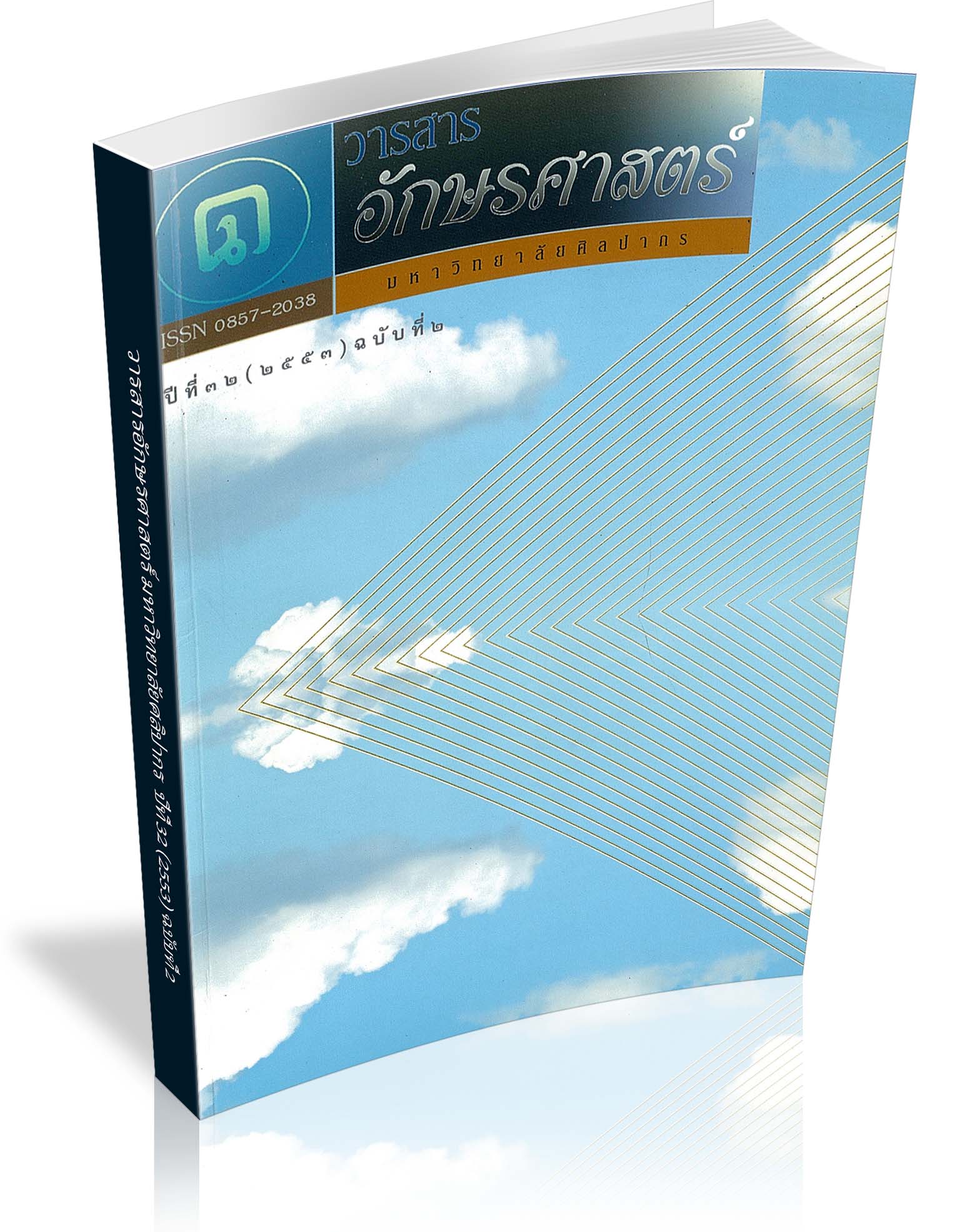Cecil Rhodes and the Expansion of the British Empire in Africa
Keywords:
Cecil Rhodes, De Beers, Rhodesia, Boer WarsAbstract
Cecil Rhodes, English imperialist and financier, had great success in his business in South Africa. He was the director of the giant diamond-mining company De Beers Consolidated Mines, Ltd., and the gold-mining British South Africa Company in the late 19th century. His purpose was to expand the territory of the British Empire in Africa. He dreamed of seeing a railway line built from Capetown in the south to Cairo in the north. He used money, influence and even force both to enlarge his business and to annex more land to the empire from the southern part up to the central area of the continent. Rhodesia (or Zambia and Zimbabwe at present), a territory named after him, is a good example of the land he annexed for the British government. During his latter years, he was very interested in Transvaal, a good resource of gold and diamonds, therefore he got involved in a plot called ‘Jameson Raid’ to topple the Boer government there. The plot failed and Rhodes was dishonored. He was forced to resign his premiership in the Cape Colony and his chairmanship of the chartered companies. However, in his last will, he left £3 million to found Rhodes Scholarships for students from overseas to study at Oxford University, his beloved institution, so that they could promote peace and understanding among nations in the future. It is still considered a prestigious international graduate scholarship program.
Downloads
References
สารานุกรมประวัติศาสตร์สากลสมัยใหม่ : ยุโรป เล่ม ๔ อักษร H-K. กรุงเทพฯ : ราชบัณฑิตยสถาน, ๒๕๔๖.
Arnstein, Walter L. Britain Yesterday & Today. Lexington : D.C. Heath and Co., 1992.
Flint, John E. Cecil Rhodes. London : Hutchinson, 1976.
Havighurst, Alfred H. Twentieth-Century Britain. New York : Harper & Row, 1966.
Lyne, Keith (ed.). 100 Great Journeys. East Essex : ILEX, 2009.
Downloads
Published
How to Cite
Issue
Section
License
ผู้เขียนบทความต้องยินยอมในข้อกำหนดต่าง ๆ ของวารสารก่อนส่งบทความตีพิมพ์




